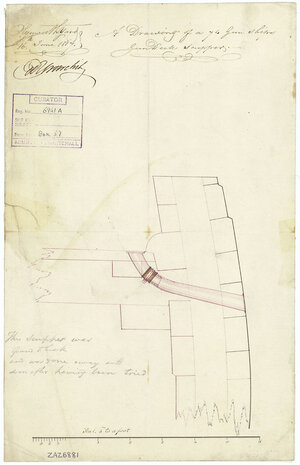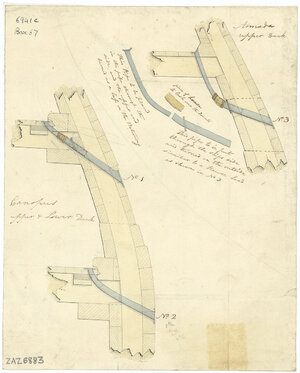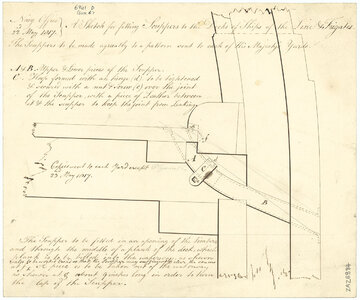Hi. I have the 'Artesania Latina' model of the 16th century Spanish galleon 'San Francisco II'.
The kit is nice but some details are missing. I'm getting to planking the hull now and want to add 'scuppers' (ports to drain the weather decks and the highest of the below decks). Thanks to the Spanish book 'Los galeones españoles del siglo XVII - Tomo I' referenced for me by a member of the forum, I know that they angled down through the hull from the decksat around 45 degrees. I have no other details, though.
Does anyone know more about this?
On another forum, I saw external details on the hull that showed a pipe protruding from the hull with a canvas open-ended 'sock' attached to it. This makes a great deal of sense since the flexible material would act like a check valve allowing water to drain out but not allow it to flow inboard. Water could not flow onto the deck through the scupper if a wave struck the hull, or it was heeled over far enough to submerge the lowest scuppers. I doubt that such a device would have been needed on the highest scuppers.
If nobody knows more, I'm not totally 'scuppered' (bad pun). I'm an engineer, so I'll go with a design that would work, such as the pipe and sock.
The kit is nice but some details are missing. I'm getting to planking the hull now and want to add 'scuppers' (ports to drain the weather decks and the highest of the below decks). Thanks to the Spanish book 'Los galeones españoles del siglo XVII - Tomo I' referenced for me by a member of the forum, I know that they angled down through the hull from the decksat around 45 degrees. I have no other details, though.
Does anyone know more about this?
On another forum, I saw external details on the hull that showed a pipe protruding from the hull with a canvas open-ended 'sock' attached to it. This makes a great deal of sense since the flexible material would act like a check valve allowing water to drain out but not allow it to flow inboard. Water could not flow onto the deck through the scupper if a wave struck the hull, or it was heeled over far enough to submerge the lowest scuppers. I doubt that such a device would have been needed on the highest scuppers.
If nobody knows more, I'm not totally 'scuppered' (bad pun). I'm an engineer, so I'll go with a design that would work, such as the pipe and sock.






